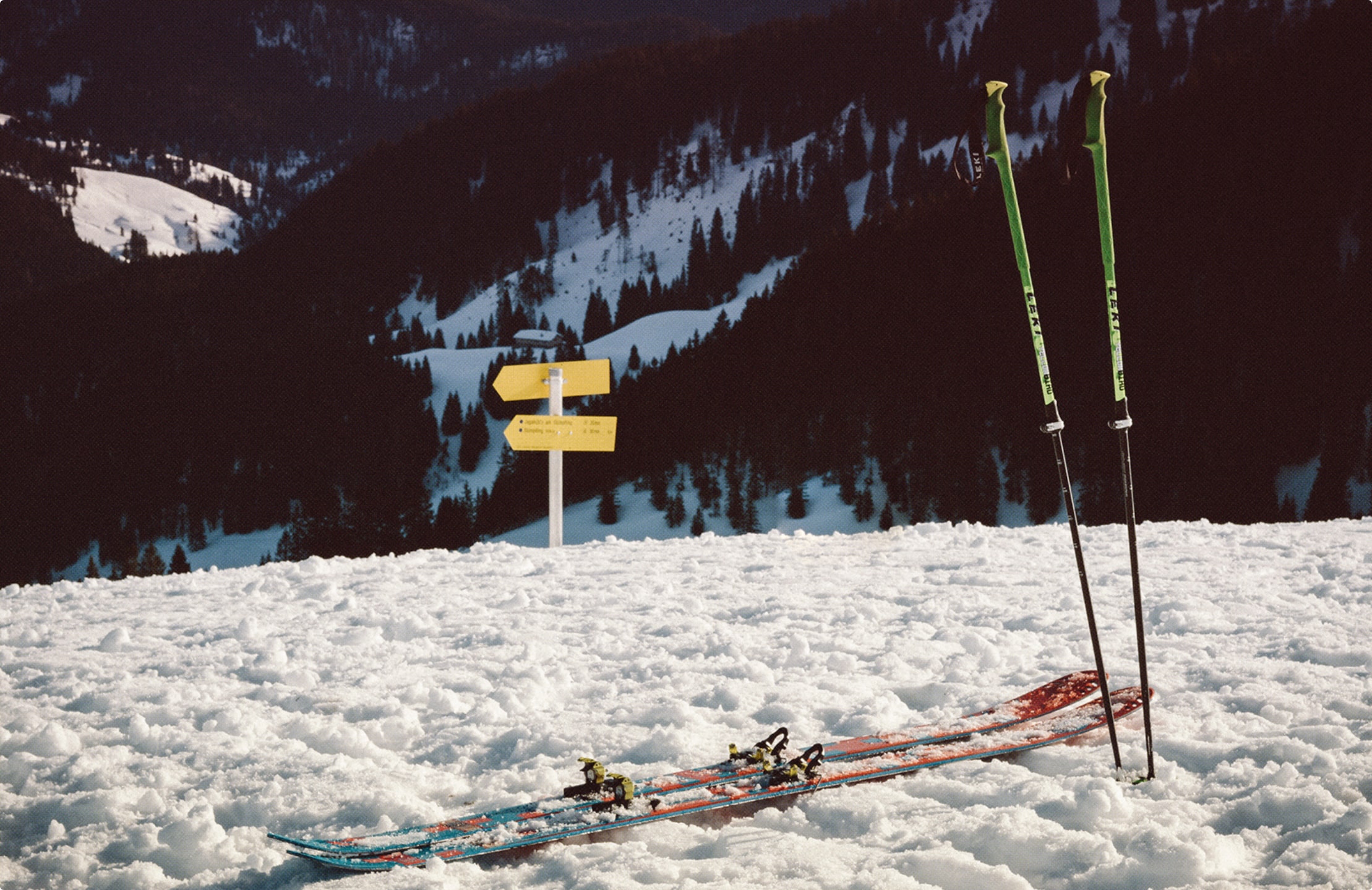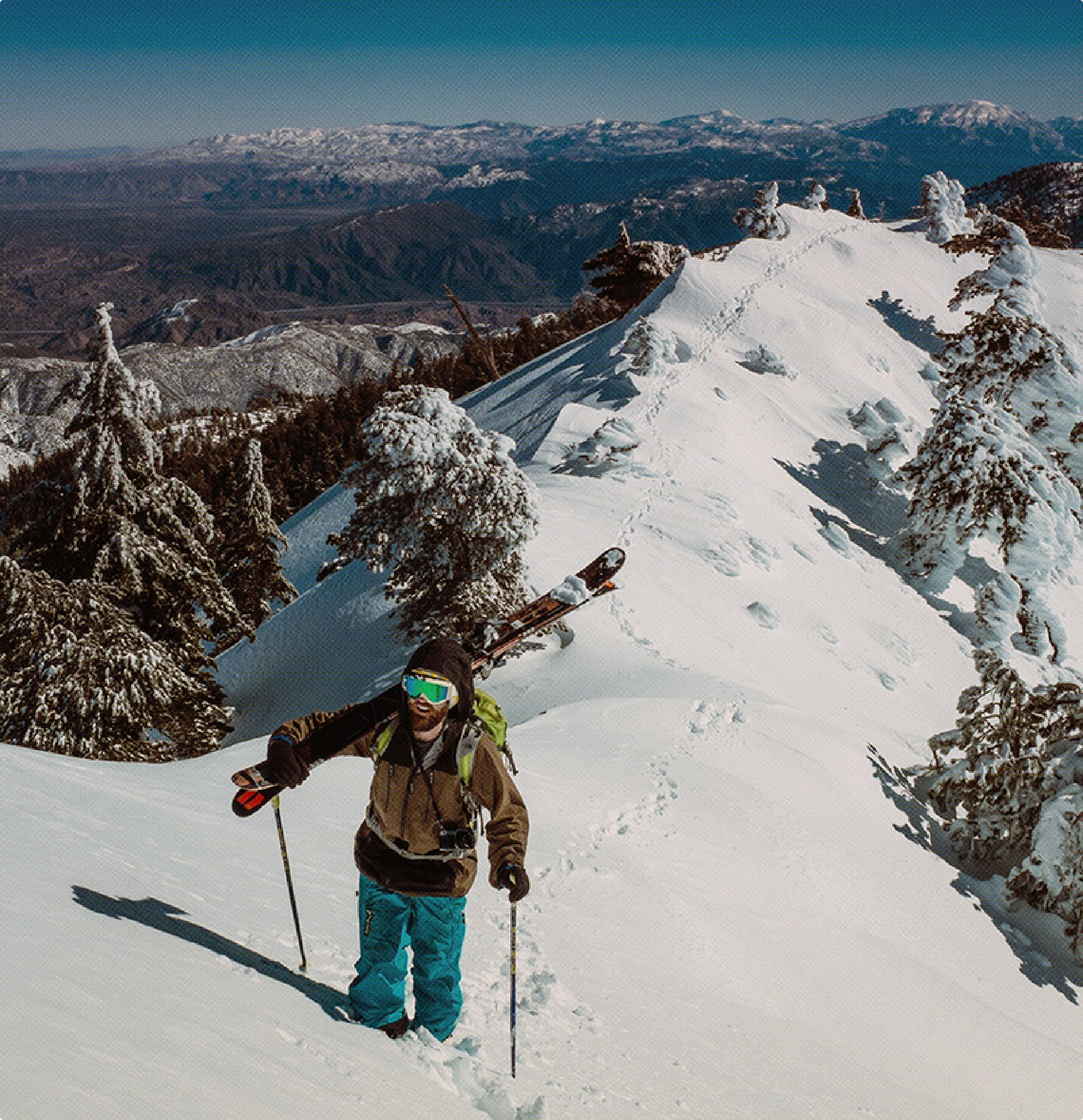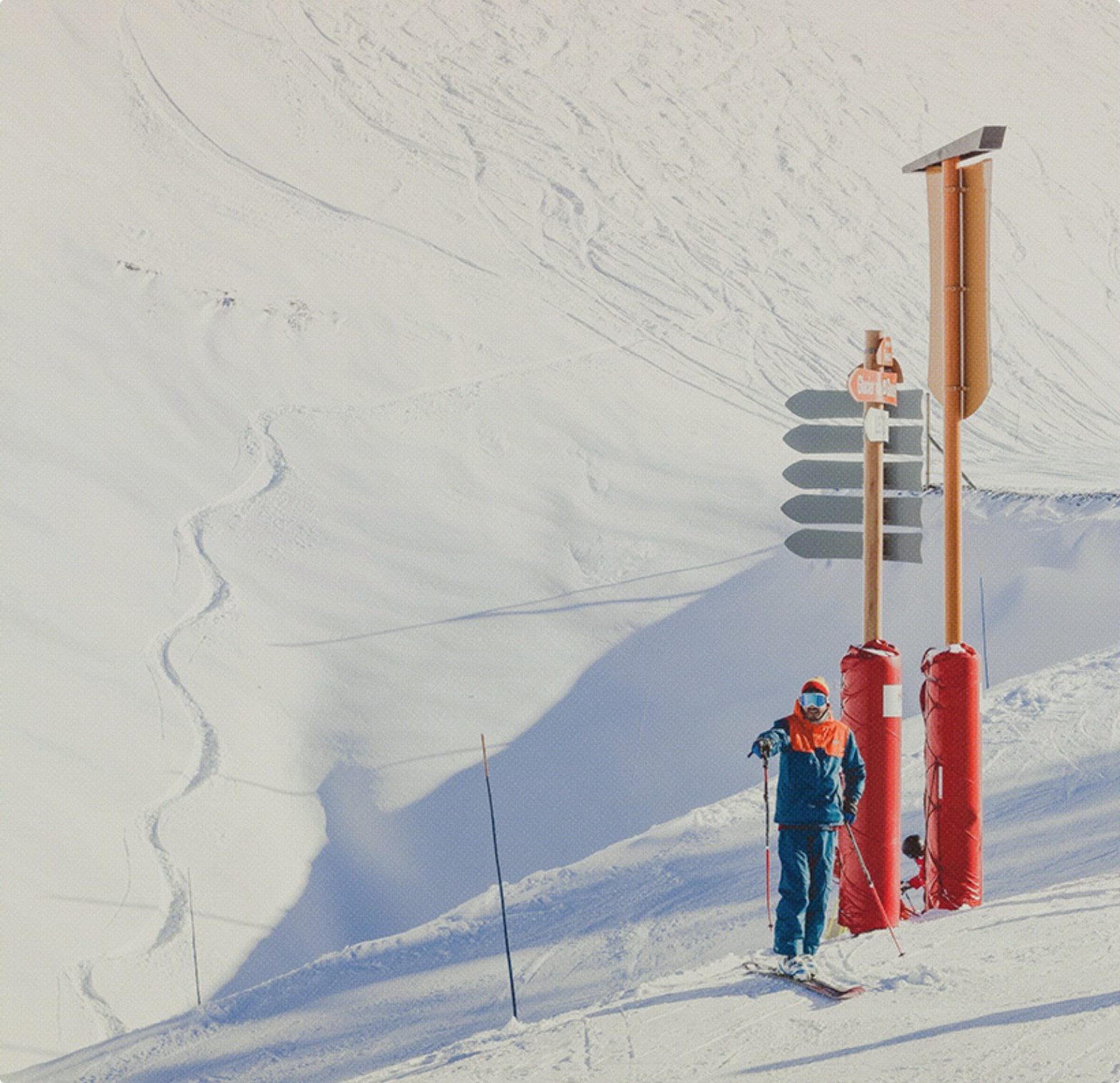
Rules of the Slope
On the slopes, there are regulations which should be abided by at all times. Knowing how to stay safe is likely to be affected by your knowledge of the rules of winter sports.
10 rules of winter sports safety
Agreed basic principles serve as rules for the slopes. 10 of the most important factors include:
Make sure you’re doing everything you can to take the needs of your fellow skiers and snowboarders into account. Don’t block their path, or do anything which will disrupt their safety.
Make sure you stick to a slope which matches your skill level and ability. You’ll be able to work this out according to a colour coded system. This will vary dependent on the continent you’re in. Usually, green and blue slopes are the easiest and black the hardest.
It perhaps goes without saying, but you need to stay in control of your speed at all times. A reckless approach to acceleration will lead to a much higher chance of hurting yourself or others around you.
Australia - New Zealand
It’s really important to remember that you’re not the only person on the slope, and if you stop for a period of time you could very well become an obstacle for another skier. If you do need to take a break, please do so at the edges of the marked piste or wait until you’re fully off the piste wherever possible.
Signs and markers exist for a reason. It’s important to know what these mean and to pay attention to them during winter sports. Failing to do so could lead to you putting yourself in genuine danger.
If you’re more comfortable than those around you, and travelling at a higher speed, there’s no harm in carefully overtaking them. That said, you need to leave plenty of room to allow for them potentially not seeing you and readjusting their position. Always be wary of others around you.
If you’re unable to finish your route on skis or a snowboard, you can walk down the side of the mountain on foot. If this is the case, make sure to stick to the side of trail.
If you see someone who’s fallen and been hurt, make sure you help them if nobody else is. Even if only a couple of people are with them, it might be worth stopping to see if there’s any assistance you can provide.
Any skiers who crash into each other should ideally exchange important information, such as names, addresses and insurance details.
If you’re entering a specially sectioned off area, make sure to look both ways before joining the path. Think of it like crossing the road. Check, check and check again.

Stick to these basic principles and you’ll be more likely to avoid any unwanted incidents.

Rules for going off-piste
If you’re brave enough to leave the conventional paths plotted out by the resort you’re at, you’re probably a skilled skier or snowboarder. That said, experience and confidence don’t mean you can neglect safety procedures.
But what is the piste? While veteran skiers may be aware of the differences, it’s a term which might confuse rookies. In essence, the piste is the marked run which you follow down the mountain. It’s been specially catered to by the resort your skiing at and should always be safe.
Off-piste is the term which refers to any area of land which isn’t on that path. These locations are often more dangerous, because they haven’t been as rigorously maintained by staff at the resort.
When it comes to going off-piste, The Great Britain Ski Club encourage you to keep the following in mind:
Always have someone riding with you, in case something does happen
Wear bright colours so people can see you easily if you’re hurt and have to stop
Check the climate and conditions before you ski
If you’re worried about stability, ride slopes one at a time
Listen to and respect the concerns of other people in your group. If they want to stop, you should
Choose routes which avoid avalanche-prone slopes
Always respect other slope users, particularly those below you
If you or someone you’re with are injured, stop immediately. Flag someone down if possible. If nobody is around, one member of your group may need to go and find help.
